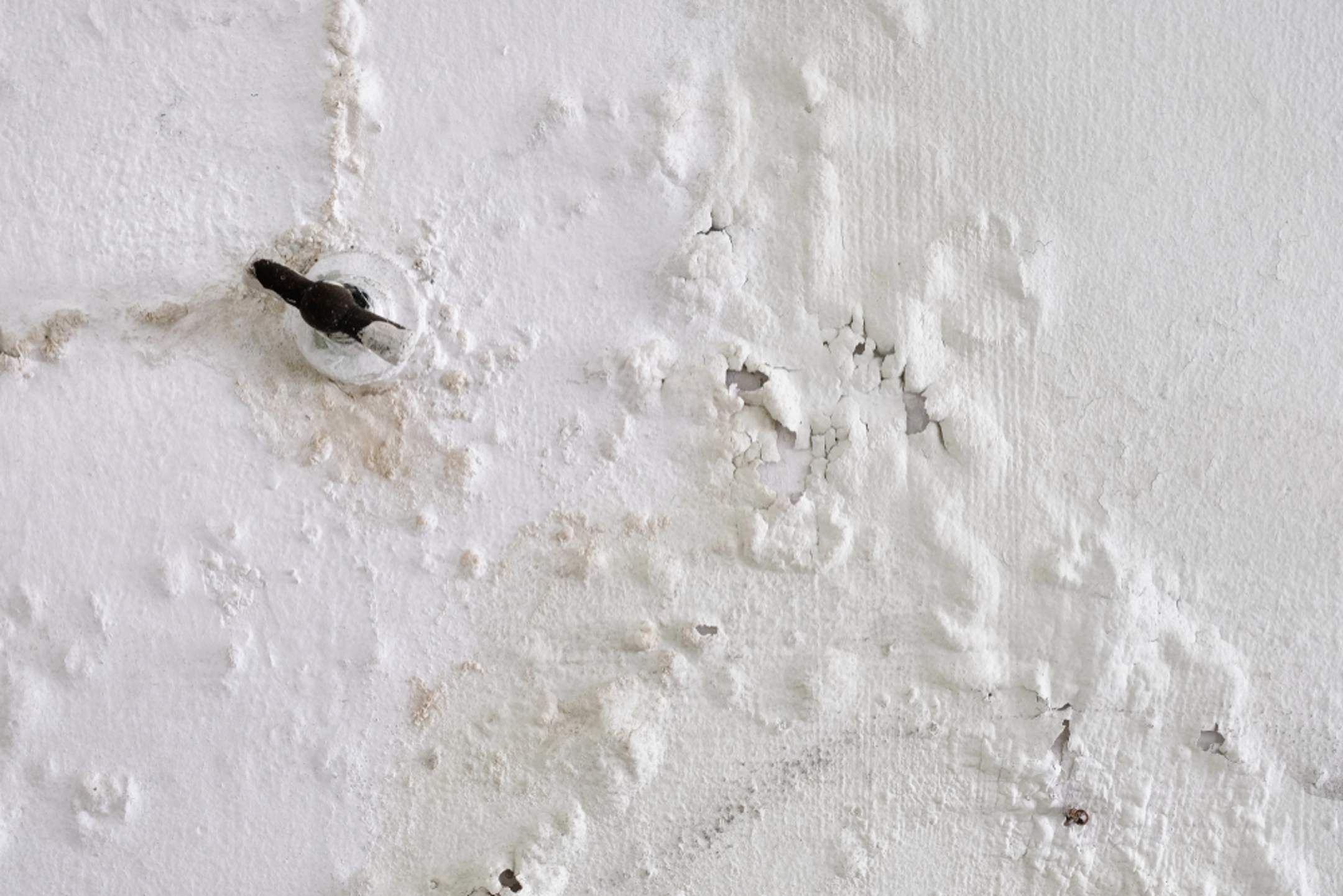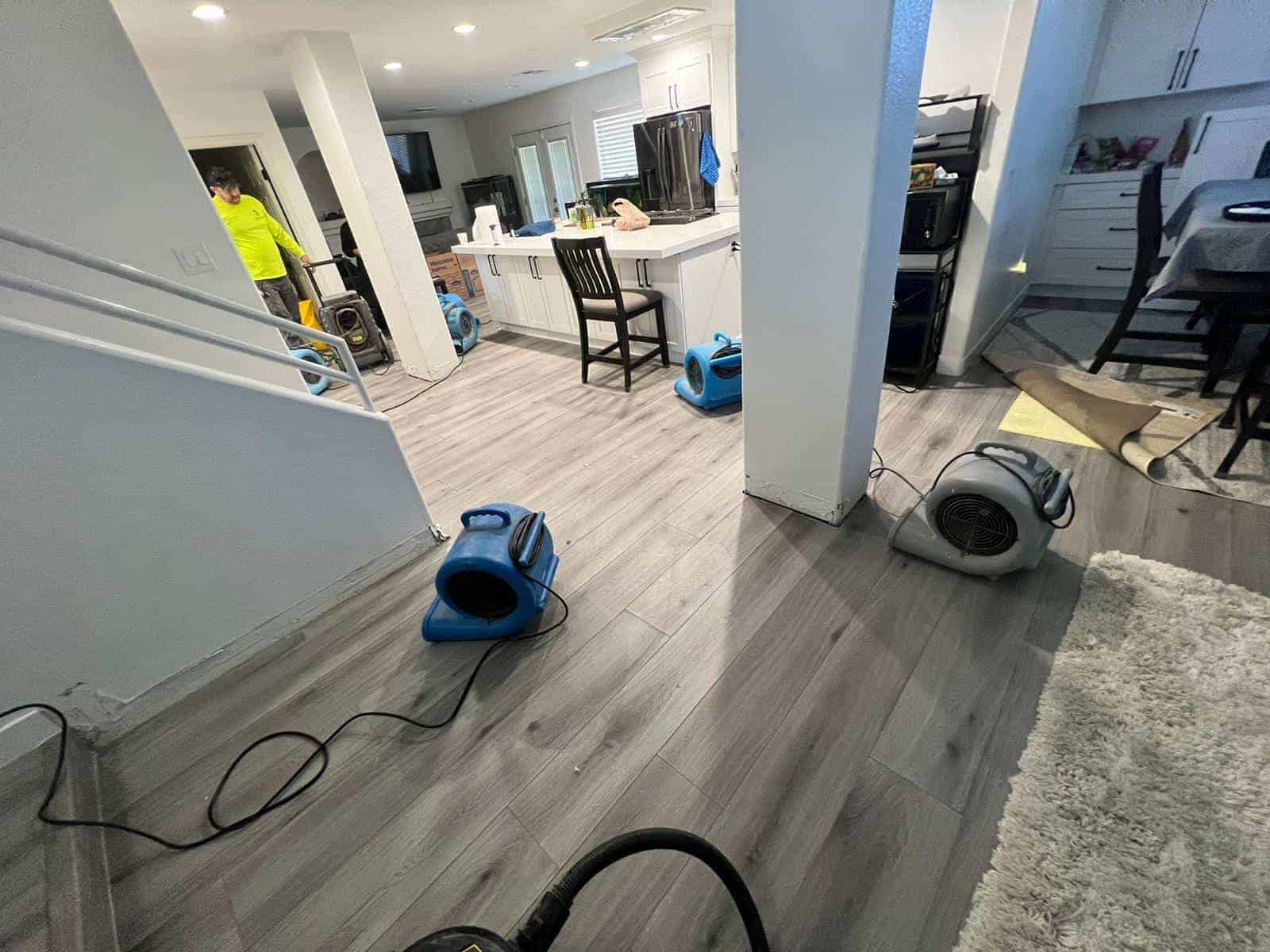Affordable Water Damage Repair Services for Every Homeowner in Need
Affordable Water Damage Repair Services for Every Homeowner in Need
Blog Article
The Refine of Water Damages Cleaning: Guaranteeing Your Home Is Restored Efficiently
Water damages can be a challenging challenge for property owners, necessitating a structured and careful clean-up procedure to bring back safety and capability. damage restoration services. Following this, efficient water extraction techniques play an essential duty in minimizing further injury.
Evaluating the Damages
Upon discovering water damages, the very first step is to thoroughly examine the extent of the influence. This preliminary evaluation is critical, as it assists determine the necessary steps for effective cleanup and reconstruction. Begin by inspecting the impacted locations, consisting of wall surfaces, ceilings, floors, and personal valuables, to recognize the resource of the water intrusion, whether from flooding, leaks, or condensation.
Recording the damages is vital for both insurance claims and preparing restoration efforts - damage restoration services. Usage pictures and created notes to capture the severity of the damages, keeping in mind any kind of affected structural aspects and products. Pay unique focus to locations that may not be quickly visible, such as behind walls and under carpets, as hidden moisture can result in additional complications, consisting of mold and mildew development
In addition, analyze the timeline of the water direct exposure. The longer the products remain damp, the greater the potential for damage. Comprehending the period of direct exposure will educate the urgency of removal initiatives. Ultimately, an extensive evaluation lays the groundwork for an effective water damage cleanup procedure, making sure that all affected locations are dealt with efficiently and thoroughly.
Water Extraction Strategies

Professionals usually utilize completely submersible pumps for bigger volumes of water, which can swiftly ease flooding in cellars or various other impacted areas. For smaller quantities, wet/dry vacuums are frequently used to remove recurring wetness from carpetings and difficult surfaces. Additionally, using portable extractors permits for targeted elimination in constrained areas or areas with delicate products.
In circumstances of polluted water, such as sewage or floodwater, progressed removal methods may involve the usage of biohazard devices to guarantee security and compliance with wellness guidelines. High-powered extraction tools are crucial in minimizing water retention in architectural materials, which can lead to mold and mildew growth and architectural damage if not addressed without delay.
Eventually, the effectiveness of water removal methods plays a pivotal duty in the overall success of the water damages clean-up procedure, laying the groundwork for succeeding remediation initiatives.
Drying and Dehumidification
When standing water has actually been efficiently removed, the next critical stage in the water damage clean-up process is drying out and dehumidification. This step is vital to stop further damages and mold growth, which can take place within 24 to 48 hours in moist environments.
To accomplish efficient drying, specific tools such as industrial-grade air movers and dehumidifiers is utilized. Air moving companies circulate air across damp surface areas, enhancing evaporation prices, while dehumidifiers reduce humidity levels airborne, advertising a helpful environment for drying out. The mix of these devices guarantees that wetness is extracted read what he said from wall surfaces, home furnishings, and floorings, allowing them to completely dry thoroughly.
It is crucial to monitor the drying out process closely. Experts frequently make use of dampness meters to evaluate the wetness material in different products, making sure that all influenced locations get to appropriate dry skin degrees. This thorough approach helps to stop concealed dampness pockets that might cause architectural damages or harmful mold growth.

Cleansing and Sterilizing
After the drying out and dehumidification phase is full, the next vital action in water damage clean-up is cleansing and sanitizing the impacted locations. This procedure is vital to stop the growth of mold and mildew, bacteria, and other microorganisms that prosper in damp atmospheres.
The cleansing stage usually entails removing any debris, dust, and impurities from surfaces using specialized cleansing representatives. For hard surfaces, a mix of soap and water or business cleansing products is typically used. Soft products, such as furniture and carpets, may require much more substantial cleansing methods, consisting of steam cleansing or deep removal methods, to ensure complete sanitation.

Sanitizing complies with cleaning, making use of EPA-approved disinfectants to eliminate hazardous microorganisms. This step is vital, especially in areas that might have entered call with floodwaters or sewer, as these sources can position serious wellness threats.
Furthermore, it is essential to deal with any type of continuing to be odors, which may call for using smell neutralizers or sophisticated techniques like ozone therapy. Appropriate cleaning and sanitizing not only recover the security and health of your home however likewise lay the groundwork for effective remediation and repairs in subsequent phases of the water damage clean-up procedure.
Restoration and Fixings

Once the assessment is total, remediation initiatives can begin. Furthermore, flooring might require comparable attention, depending on the degree of water exposure.
It is crucial to involve skilled reconstruction specialists throughout this process, as they possess the Read More Here knowledge to take care of intricate repair services effectively. They can assist minimize prospective future problems, such as mold growth or architectural instability, therefore guaranteeing a habitable and secure living setting. Eventually, effective repair and repairs restore the home's stability and improve its total worth.
Conclusion
Finally, the process of water damage clean-up is essential for restoring a home to its pre-damage condition. Each phase, from analyzing the damage to executing efficient water removal strategies, followed by complete drying out, sterilizing, and needed fixings, plays a crucial role in ensuring safety and compliance with structure requirements. Efficient execution of these steps not only mitigates prompt damage but additionally boosts the long-term integrity and worth of the home.
Water damages can be a complicated challenge for home owners, necessitating a careful and organized cleaning process to bring back security and capability. Eventually, a thorough assessment lays the groundwork for a successful water damage clean-up procedure, ensuring that all affected locations are attended to efficiently and completely.
Reliable water removal techniques are vital in reducing damages this link and protecting against further problems complying with a water intrusion event.In final thought, the process of water damage clean-up is crucial for recovering a home to its pre-damage problem. Each stage, from assessing the damage to implementing reliable water extraction techniques, followed by thorough drying, sterilizing, and necessary repair services, plays a vital duty in guaranteeing security and compliance with building criteria.
Report this page